-
Posts
2,239 -
Joined
-
Last visited
Posts posted by Robert Houllahan
-
-
https://dft-film.com/products/oxscan14k/
Uses either the 12K or 14K Sony Pregius 16bit CMOS sensor in Monochrome and RGB IR Sequential illumination.
It uses Oxberry 65mm / 70mm Pin Registered gates and Sprockets.
-
 1
1
-
-
Nobody should ever think that an Arri product is going to be a "cheap" purchase... new at least.
The Arri gates are a tremendous piece of machining work and that is reflected in the cost.
The $370 plate is basically a kind of split reel to keep the soft film wound on the supply and takeup it is not in any way related to the gate.
The Arriscan is a really well built exceptionally high quality true RGB scanner but it is not for every workflow and it is certainly not fast nor is it inexpensive.
-
 1
1
-
-
SGI was an amazing company that built some really way out ahead computers back when that was a thing, in some pretty cool cases.
-
Ha... no my Aaton is MY Aaton..... U Kan Not Haz.
Some of these have SDI Video I/O even....
-
 1
1
-
 1
1
-
-
-
Quite a few camera manufacturers had a specific cutout which identified what kind of camera it was, this cutout is likely one of those.
Somewhere I have a chart with about a dozen different outside the gate cutouts and which cameras were associated with them.
-
I would think that the motor and control electronics have made leaps and bounds in progress since the fleet of Imax cameras were built and they can probably use some really nice new controllers from a company like Galil Motion Control which would reduce the footprint of the electronics considerably.
-
We are running a high profile spot for Hermes today that was shot on 16mm 500t rated as 320t without an 85 - this was on the cans that came in today.
I assume they used some ND will see when it goes on the Arriscan..
-
 1
1
-
 1
1
-
-
There are two ways to really do this...
1. A sound speed crystal locked capstan that will give consistent sync results from analog capture with no wow or flutter.
This is how it has been done with telecine and resolvers like the MagnaTech for years.
1. A digitizer like a Nat Instruments card that treats the incoming audio as data and then a servo capstan with a high resolution quadrature encoder that the scanner system can correlate pulses per frame to the incoming audio data to keep them in sync and matched to the proper resultant frame rate at whatever scan speed the scanner is running at.
Xena Scan Station and Kinetta do the latter I believe, so they can scan and digitize audio at any scan frame rate.
-
 1
1
-
 1
1
-
-
10 hours ago, Tyler Purcell said:
Wet gate has been around forever. It's the only way to fix damaged film.
I think you meant to say it was the only way before we had digital scanners and tools.
Liquid gate is like any other tool it has it's applications benefits and drawbacks.
And yes it only fixes base scratches.
-
Last year we developed some EXR ECN film for a museum that was shot in 83-84 and most of it turned out remarkably well.
We also see older 50D semi regularly at the lab and it holds up ok when shot with the age in mind.
Expired film stocks can and do look great and you can get a look from them that you otherwise would not be able to, but they will have more grain and some anomalies. For example almost all the Fuji we still see come in has issues with the Rem-Jet backing staying on the film to some degree.
-
2 hours ago, Tyler Purcell said:
Yea perc dries fast I've been told.
It does.
-
2 hours ago, Perry Paolantonio said:
is it liquid through one set of holes and air through another to dry it? or are these to drain liquid?
Perc is pumped into the chamber with some and vacuumed out with others both before and after the gate chamber. The liquid is continuously circulated by the wet gate support system.
Similar to a ACME or Oxberry liquid gate and the chamber has enough height to keep the optical glass out of the imaging plane.
Can run at 5-7 fps with enough time for the little amount of perc to dry before the capstan with some active air venting / vacuum.
-
 1
1
-
 1
1
-
-
19 minutes ago, Tyler Purcell said:
Oh right, shit. Perc is too crazy dang. Hmmmmmm what kind of crazy engineer fluids do you think they made?
$1k/gal stuff I have seen and the containers, 3M makes it. Like HFE for the Lipsner cleaners but different viscosity and RI.
-
 1
1
-
-
5 minutes ago, Tyler Purcell said:
Very nice.
I wonder what I can run that won't deliver toxic fumes!
Perc with a vent hood.
otherwise your looking at some of the extremely expensive “engineered fluids” that Arri and DFT use.
-
13 minutes ago, Tyler Purcell said:
They have a special bottle with a long hose that you use to keep them wet. They also developed an automatic lubricating system. Hopefully if that works, we can switch to something that works better than alcohol. So yea, every 3 - 5 min ya need to lube the sponges.
There was a sponge / roller based wet gate for the Rank/Cintel telecine which used Tric then Perc. So Perc should work, not sure if you can use that in Cali.
Here is a Xena 16mm liquid gate:
-
 1
1
-
-
2 hours ago, Daniel D. Teoli Jr. said:
Well, what are you paying Lasergraphics to talk to you Perry?
I believe the usual cost of support on just about any capital machine is about 10% of the new cost annually, so probably $20k for a full Scan Station.
2 hours ago, Daniel D. Teoli Jr. said:Scanning 10,000 feet a day? You should, be retired Perry...skiing the slopes in St. Moritz in winter and in sailing in Bermuda in summers!
Cinelab has processed and scanned 50,000ft of various film stocks in a day before. Not every day.
8-10,000ft a day when busy is pretty easy to do but it will hardly yield CitationX and Konegsegg money after overhead and all.
-
 1
1
-
-
-
-
-
12 hours ago, Daniel D. Teoli Jr. said:
That is a Cintel DSX or C-Reality scanner, a late model flying spot machine capable of 2K or 4K scans.
-
I use this lens on the 4K Xena we do all of our 8mm work on it is quite good and less costly by far than the Macro-Varon..
-
This is the one, or a printing Nikkor 95mm or 105mm.
-
The old adage applies... Good, Fast, Cheap... pick any two...
I would say that most likely the ArriscanXT probably is what you want if you are looking for the best technical picture quality in a scan. True RGB scanning with a monochrome sensor and in 2-flash it is real 16 bit precision. 6K to 4K or 2K oversampling for Mr Nyquist. The ALEV sensor that Arri uses / has manufactured is something that Arri has allot more technical and manufacturing control over than a company using an off the shelf machine vision camera and the ALEV was designed from the get go to be a cinema sensor. Plus a full immersion liquid gate system is on offer from Arri. Nobody ever got fired for using an Arri camera or scanner their color science is known to be the best available.
If you are a smaller archive not working on new studio film or high end restoration you probably cannot afford to scan on the ArriXT and so there are any number of good solutions with various levels of compromise.
The 6.5k Scan Station (or Xena) will make you 2K or 4K scans which are probably reasonably close to the Arri when run in 6.5K mode with 2-flash that yields 14bit precision from the 12bit Sony sensor. There is also the advantage of 6K to 4K (or 2K) over-sampled rez scans. I think that puts the 6.5K Scan Station at 7.5FPS when run that way and it can scan direct to ProRes4444 saving a step converting DPX to ProRes.
4K scans in single flash 12-bit from Scan Station Xena Kinetta or HDS+ or any number of scanners using the off the shelf Sony Pregius 4K and 6.5K sensors will also yield excellent results which would have been unobtainable just five years ago for the price and speed.
Even the RetroScan can make pretty good scans right out of the box and if you swap out the provided 2K sensor and mod it with a camera like the 4K Pregius (4112x3008 12bit) you can make some really good scans on the cheap that will just probably need allot more work in post to stabilize.
The best scanner is the one that gets the job done to the required specs in the time frame and budget allowed for.
-
 1
1
-
 1
1
-


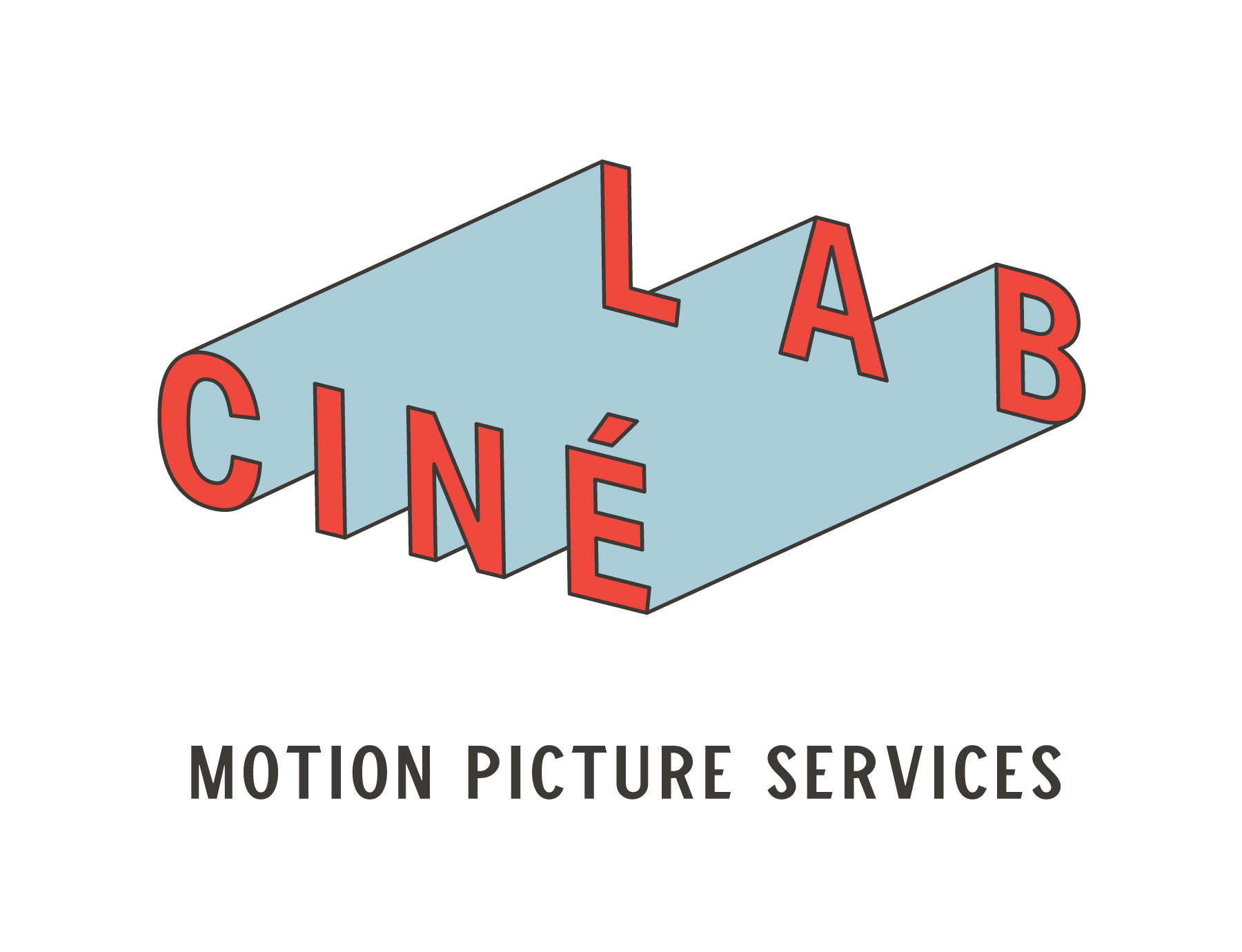

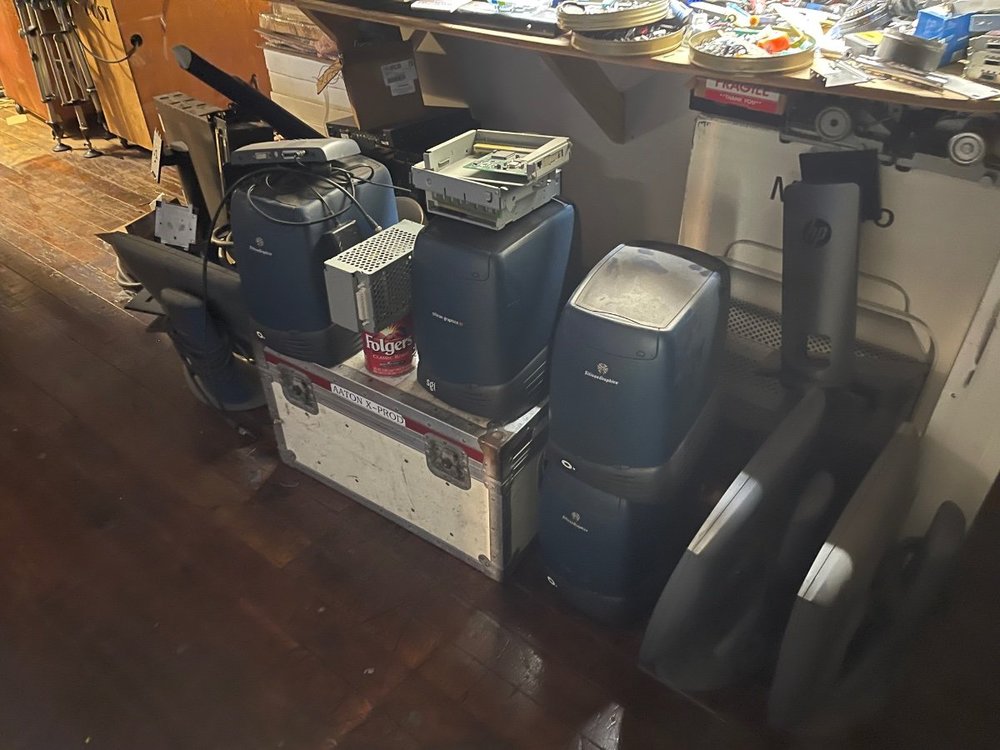
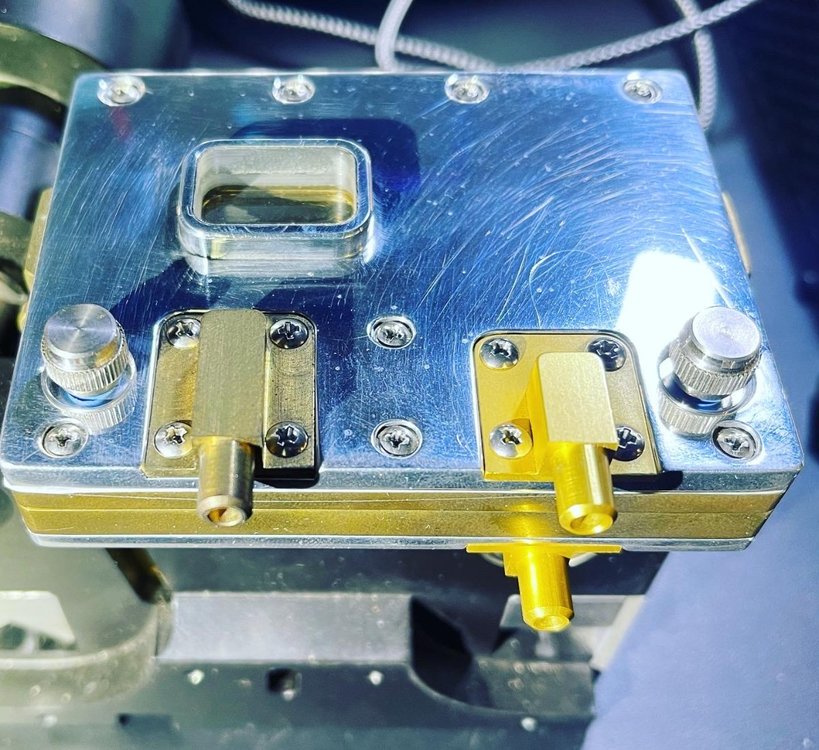
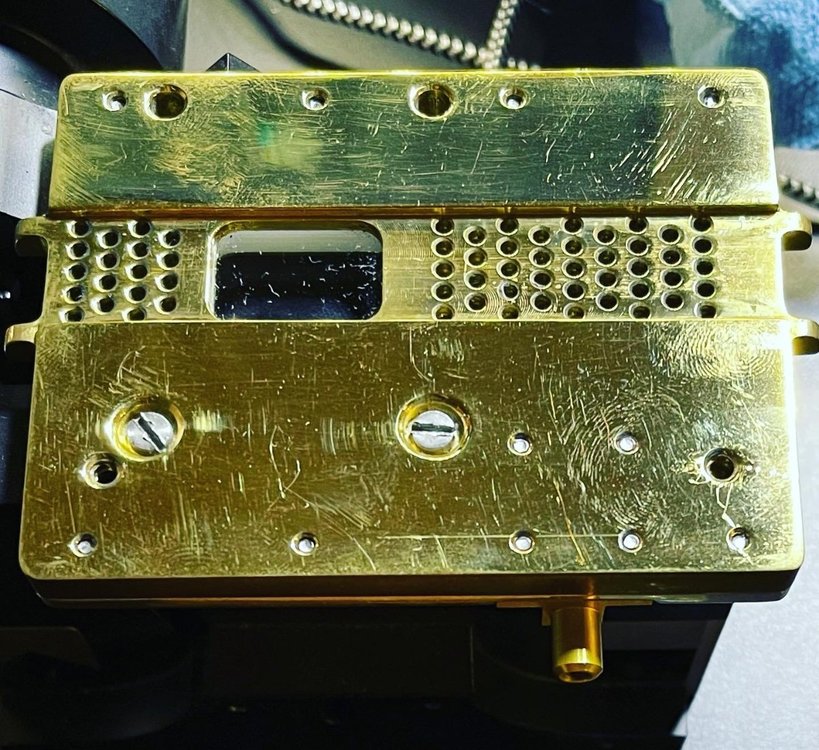
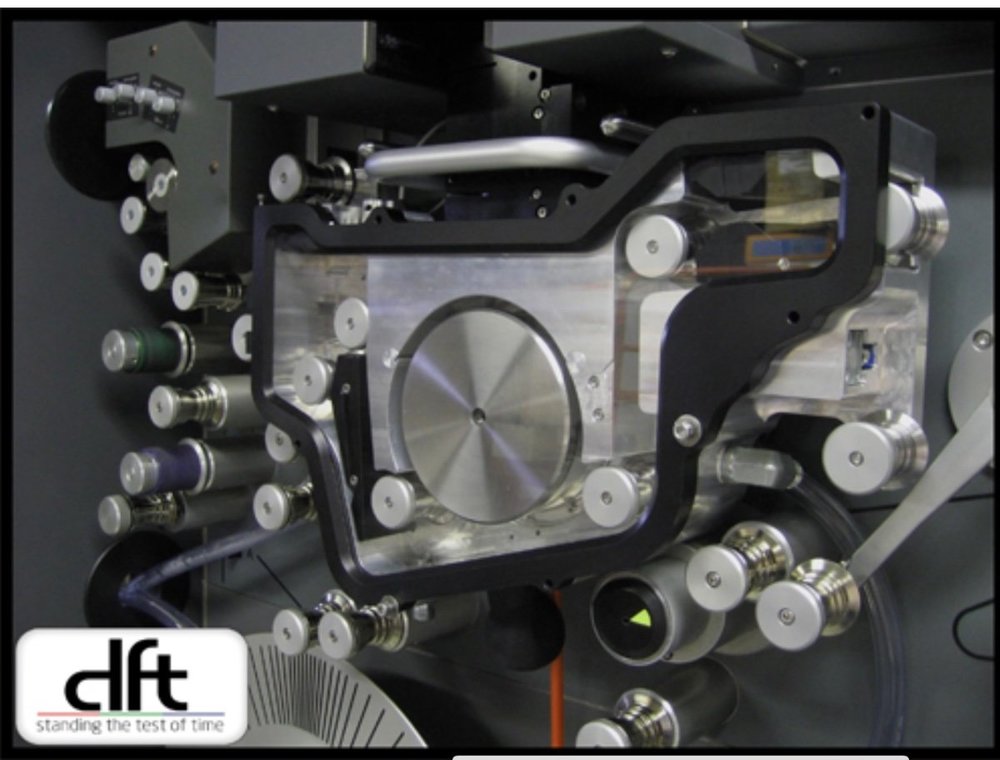

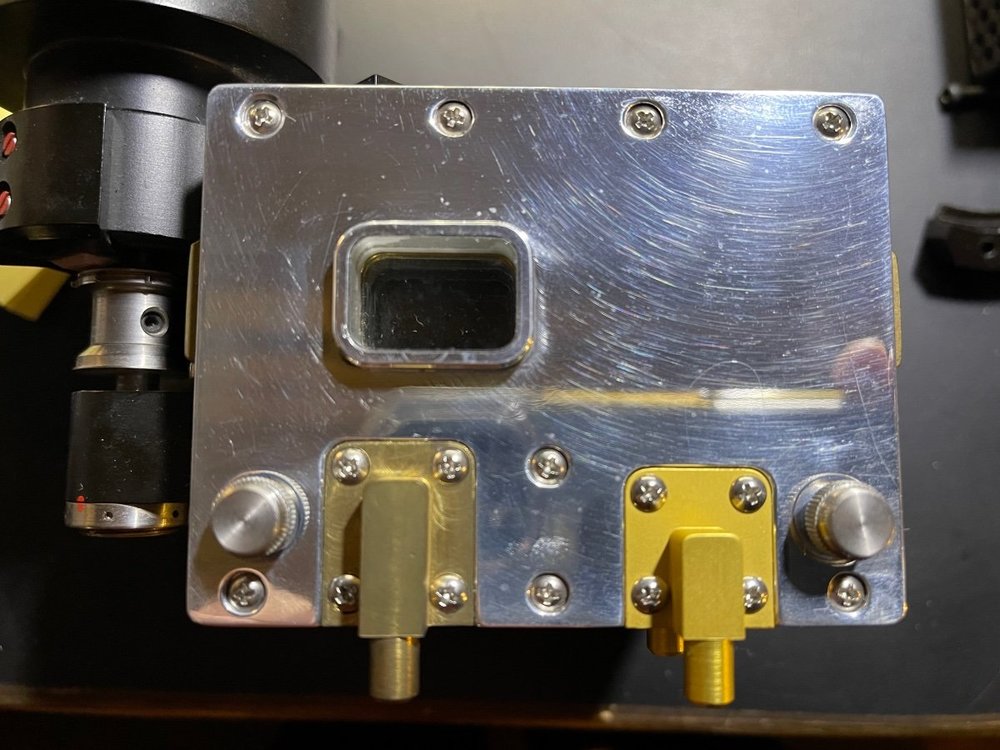


Is FilmFabriek aware that their sound scanner has audio problems?
in Post Production
Posted
Hey
what exactly is the point of this?
Can this be kept to a specific area of optical sound and not go all over the place? Its a million posts now.
it seems that there are a few ways to approach optical sound recording.
1. analog semi free run D to A i.e. the subject header.
2. Analog with sync to an encoder so analog data can be correlated to run of the capstan.
3. Digitizing with picture taking imager (AEO)
4. Digitizing with a separate track reading camera.
not to diminish the possibilities of optical analog sound but if wow and flutter can be eliminated 3/4 of these the approaches all seem like they are workable depending on the amount of post work to be done.
ymmv